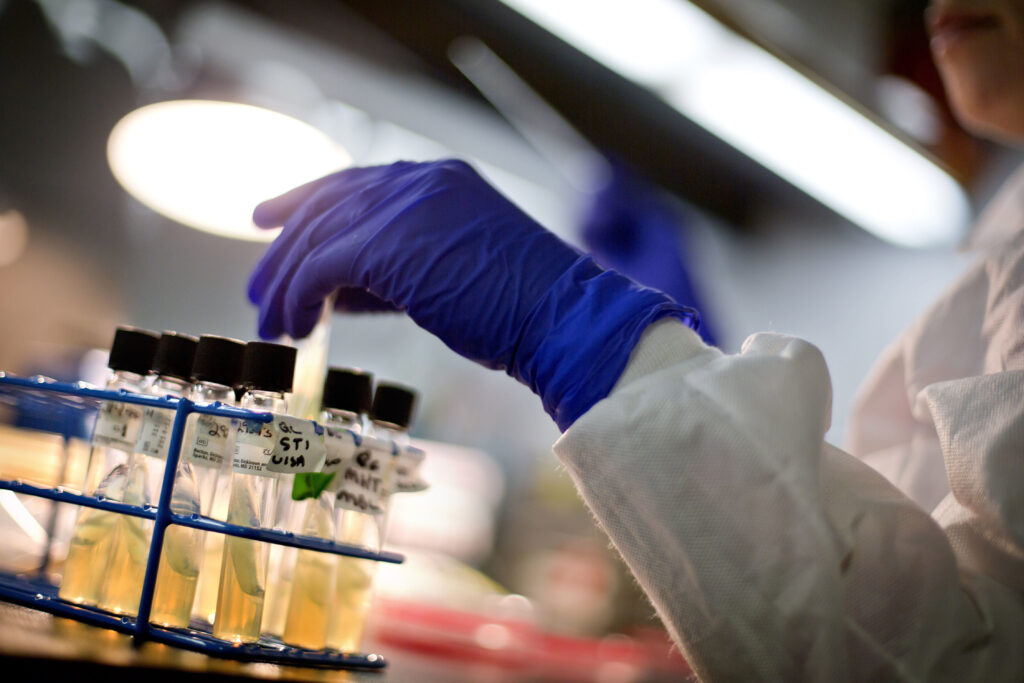Antibiotics play a crucial role in the treatment and prevention of common everyday pathogens that we encounter in our daily lives. Prior to the development of antibiotics in the early 1900s, people would die from infections that would be considered mild and easily treatable in modern times. Antibiotics save lives but they are also the cause of a very serious and pressing public health issue known as antimicrobial resistance (AMR); this is the ability of a pathogen to change over time and resist the drugs designed to destroy them. Drugs that are resistant to many antimicrobial drugs can turn into superbugs.
The problem is more pervasive than previously thought. More than 1.2 million people died from antimicrobial resistant infections in 2019, according to a study published last month in “The Lancet” entitled, “Global Burden of bacterial antimicrobial resistance in 2019: a systemic analysis.” This makes AMR more deadly than both malaria and HIV/AIDS, according to the analysis.
The study, which was the most comprehensive estimate of AMR burden to date, estimated deaths and disability-adjusted life years associated with 88 drug-pathogen combinations and 23 pathogens in 204 countries in 2019. Researchers documented AMR mortality to be greater in areas of mid and low-income countries and 1 in 5 of the individuals affected were children under 5.
Dr. William J. Kenyon, Professor of Biology and Co-Director of the Microbiology Certificate Program at the University of West Georgia, says that the main cause of AMR is due to overuse and misuse of antibiotics.
“Widespread use of antibiotics, especially in the decades after World War II, has
contributed to the spread of antibiotic resistance,” said Kenyon. “What initially comes to mind is the use of antibiotics in healthcare to treat bacterial infections…overuse of antibiotics in settings such as hospitals has allowed resistant strains to proliferate.
“Another contributing factor is the, often unnecessary, prescription of antibiotics taken at home,” continued Kenyon. “Doctors and other healthcare professionals have prescribed antibiotics to patients who may or may not have a bacterial infection. The antibiotics are prescribed based on the patient’s symptoms, without the proper isolation and identification of a bacterial pathogen…Antibiotics have no effect on viruses.”
Healthcare is not the only major driver of AMR. Prophylactics used to treat livestock on farms are a major source of AMR due its ability to spread off the farm and into the environment.
“Antibiotics are used to prevent bacterial infections of cattle, chickens, and other types of livestock,” said Kenyon. “Rainwater has been shown to carry antibiotics from farms to nearby streams and rivers.”
Kenyon says that some countries have attempted to governmentally regulate overuse of antibiotics in agriculture, but so far this regulation has not had enough effect to significantly curb prophylactic use among farmers.
Antibiotic use alone is not the cause of resistant strains. Resistant strains themselves are already present in the environment. It is only when a population is overexposed to an antibiotic that problems arise.
“At first, the resistant strains may be a minor component of a larger bacterial population,” said Kenyon. “When the entire population is exposed to the antibiotic, the susceptible strains are killed off, leaving the resistance strains.”
The resistance strains eventually become the predominant strains in the bacterial population and may be able to transfer their resistance genes to other bacterial cells, according to Kenyon.
The authors of the study listed five strategies to address AMR progression worldwide: Infection prevention and control, vaccinations, reduction of antibiotics in non-clinical settings such as agriculture, minimizing antibiotic use and misuse in healthcare settings and the development of new antibiotics.
Kenyon says that it is very possible that we will eventually run out of useful antibiotics to treat disease. This has already happened with Staphylococcus aureus, also known as MRSA, which is a common superbug frequently spread in hospitals and long-term care facilities. Staphylococcus aureus used to have a variety of antibiotics available to treat it but most strains have now become resistant. Despite this, there is hope.
“We have a much better understanding of bacterial pathogens at the molecular level,” said Kenyon. “This is an intensive area of research, and the United States government has invested heavily in this type of research. With new computer assisted bioinformatics technology scientists are even beginning to design novel antimicrobial drugs from scratch.”
